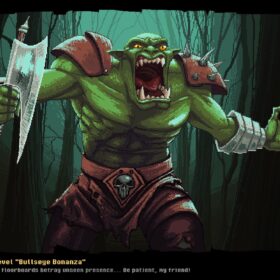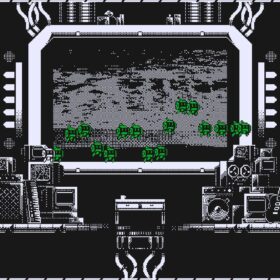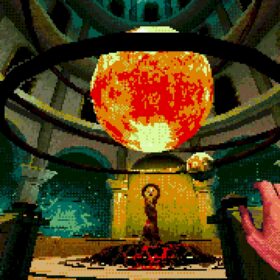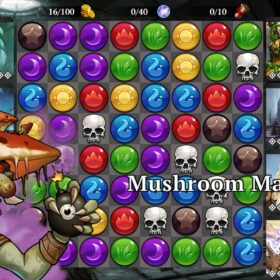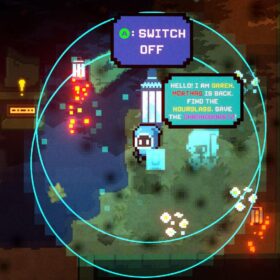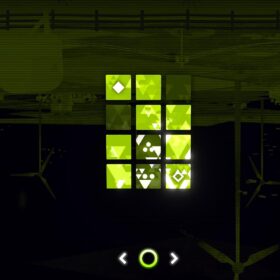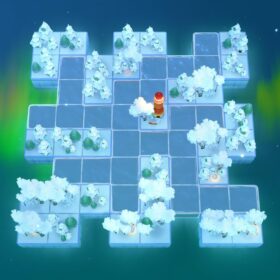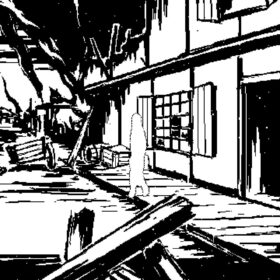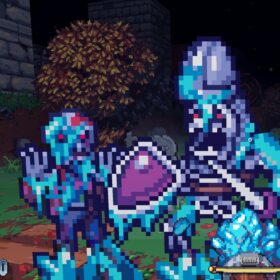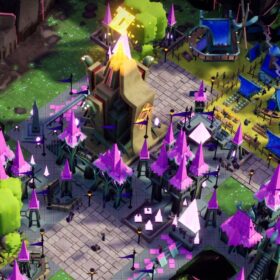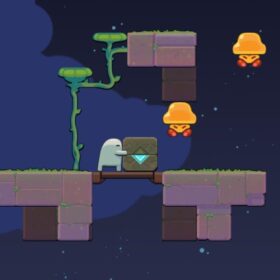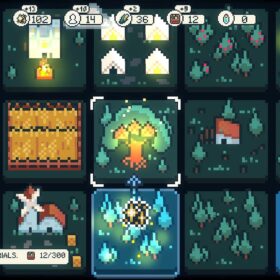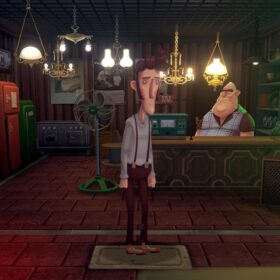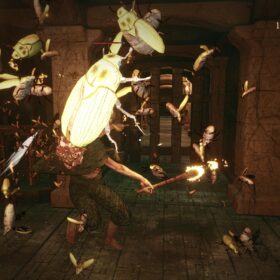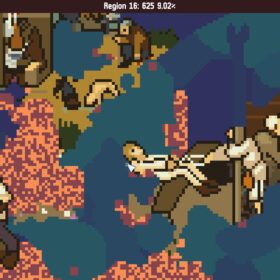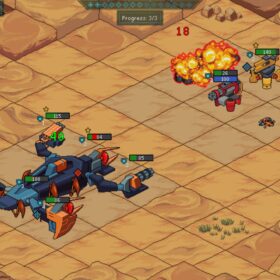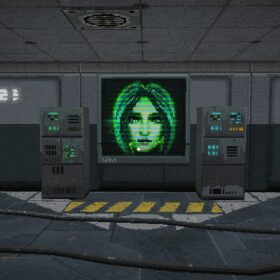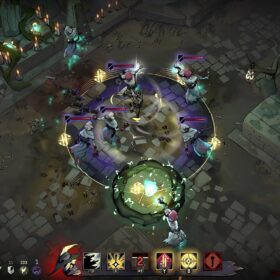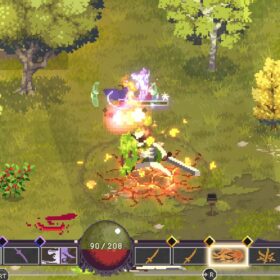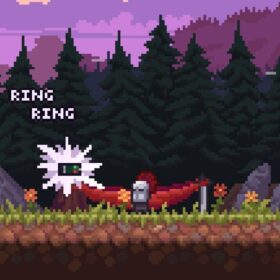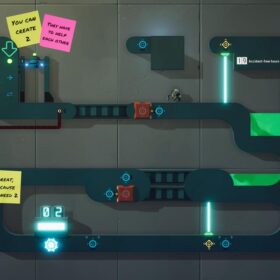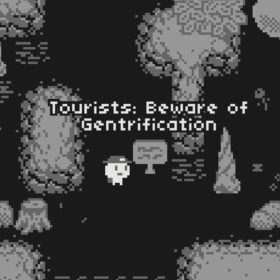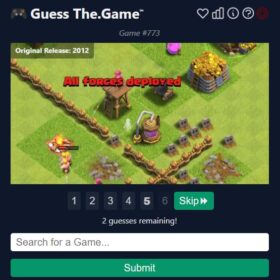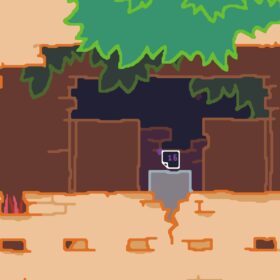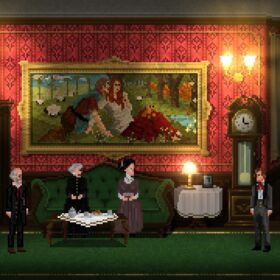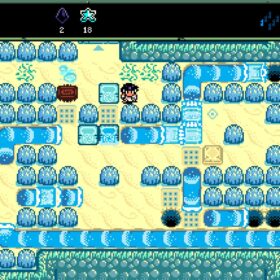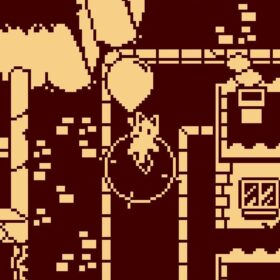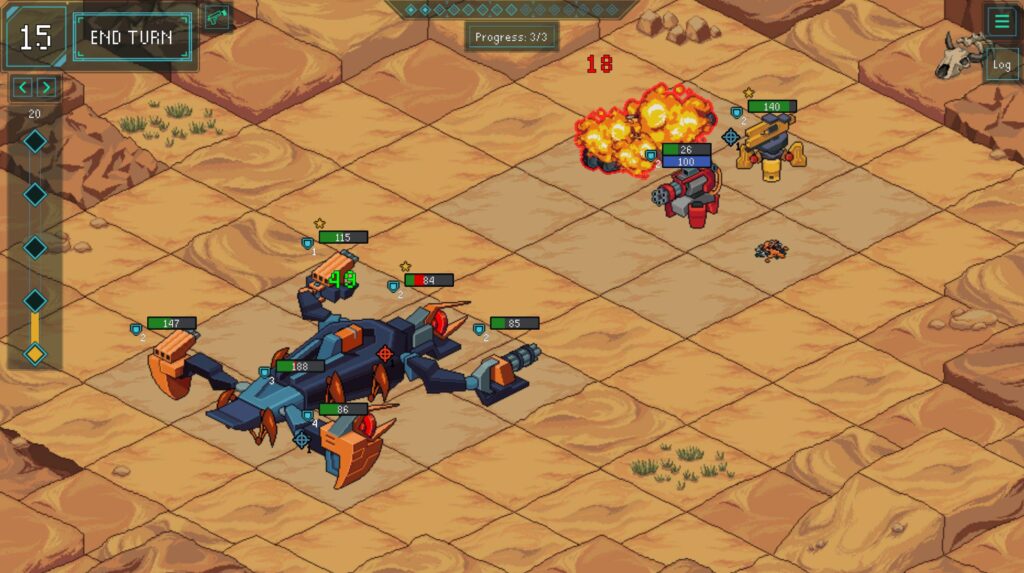
PC
I have a particular love for games that take one element of a larger genre, and just hone in on it, let it be the only element of the game, and allow me to explore it in a way that usually feels overwhelming. One such genre I really struggle with are turn-based RPGs and strategy games, when battles become any more complicated than the gentle nature of a Paper Mario game. In steps Freenergy, a game that strips away everything except for the turn-based battle, and has you refine your approach to perfection.
For the last three months, while Kotaku‘s guides editor was away, I covered the position for the site. In that time, I edited 232 separate guides, and learned an enormous amount about many games I have never played. Some of them I’ve installed as a result. Others, I’ve realised are just so outside of anything I want to learn to be good at. Reading guides for games like Metaphor: ReFantazio, which sounds amazing by the way, makes me certain I’ll never have the time or patience to get my head around its systems for combat. I just want to hit things with the sword, and hear more of the story.
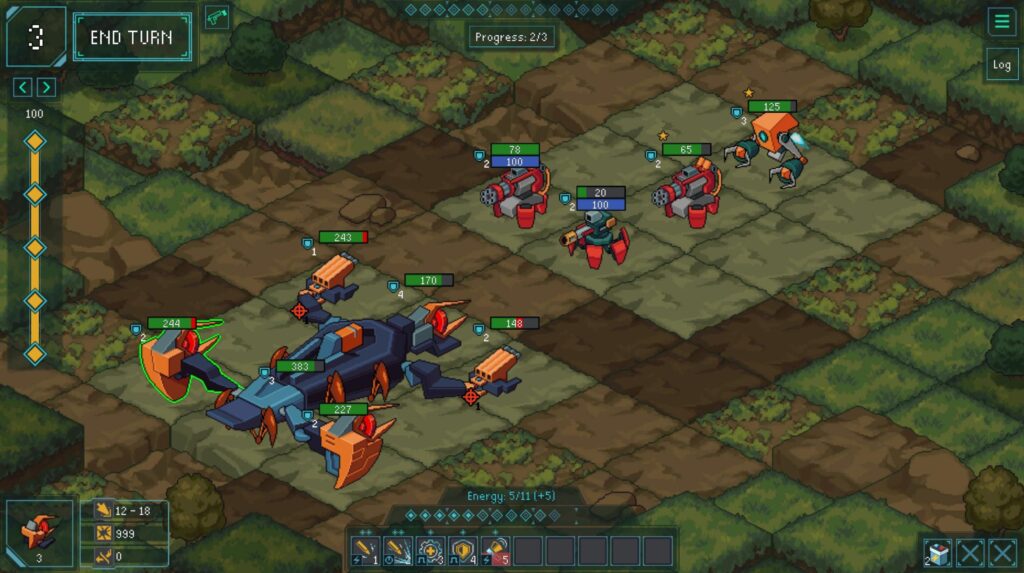
Freenergy gives me hope that maybe, one day, I could try more things in the turn-based world. Here, around an incomprehensively badly-written plot, you control a multi-part robotic machine, tasked with battling a screen of enemies. Think of it as the battle sequence in Advance Wars, but without any of the movement or troop deployment. Your machine is made of six distinct sections, five of which are weapons, one of which is the central core. Each turn you have a limited number of energy units to spend on attacks, defenses, recovery and repairs, and enemies who will fire back when you’re done.
At the start, each of the five weapon sections (four legs and a head, basically) can attack in two main ways. There’s an immediate attack that just fires at the chosen enemy, with the damage determined by the position on a three-by-three grid of the enemy and that weapon’s diminishing range. Or there’s a delayed attack, that will happen at the start of your next turn, which are usually more powerful but rely on the enemy not moving (although few do) and the weapon surviving the enemy’s turn.
Enemies attack the same way, and you’re shown which section of your machine is being targetted if it’s delayed, and some of your attacks are capable of breaking the enemy’s intent to attack. So you can see the tactics beginning to rise. Then this becomes more complicated, since each weapon needs to recover attacks by spending an energy unit and sacrificing any further attacks that turn, if you want to use the same attack again. Or you could have them raise a shield, to defend against incoming fire. Or, as you progress, you could use one of the more specialist abilities you gain via upgrades.
At the same time, your vital central piece can also issue repairs and shields, but again, at the cost of energy meaning you’ll have less to attack with. So do you want the back left leg recharging, so its main attack is ready next turn to take down the baddy machine on the right, or do you want it to use its delayed attack to undermine the irritating enemy that’s healing its team, or perhaps you’d rather leave it to focus on repairs of the front right…
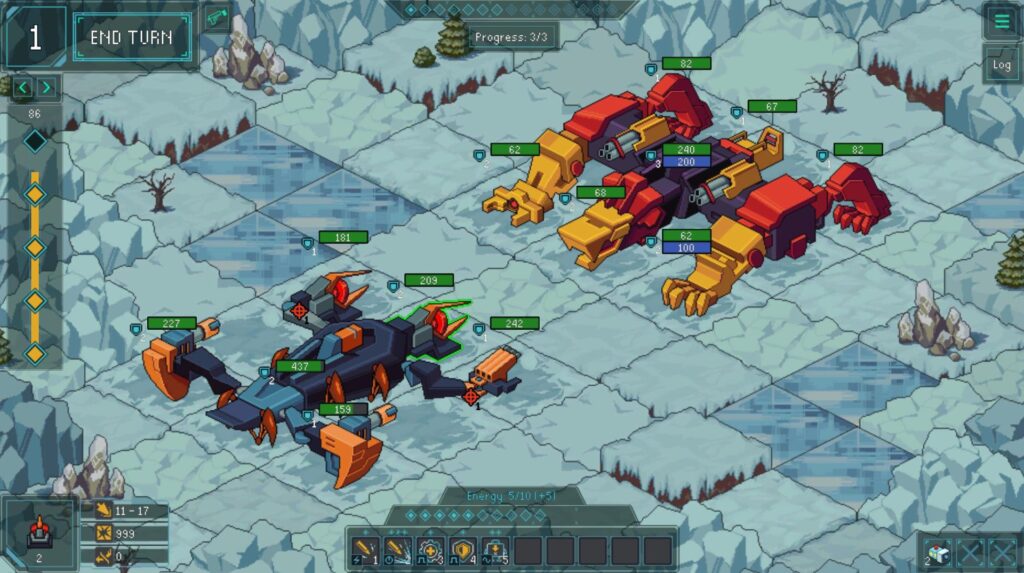
Each round becomes a game of weighing up options, managing your incredibly simple resources as best you can, thinking turns ahead but not losing sight of imminent danger. Then, after either victory or loss, you return to the game’s central hub where an ever-growing number of rooms are yours to click on and use. There’s the Stock, where you can by new, better replacement parts for your machine, the Workshop where you spend gained currency improving overall aspects like weapon damage, defenses, repairing, and very much more besides, or indeed adding slots to a section of your machine, the Laboratory where you can add new abilities to those slots, and the Garage where you apply the new parts to the machine.
Further, in multi-stage rounds, between battles there’s an option to switch in temporary improved sections and heal up damanged parts, again with limited resources.
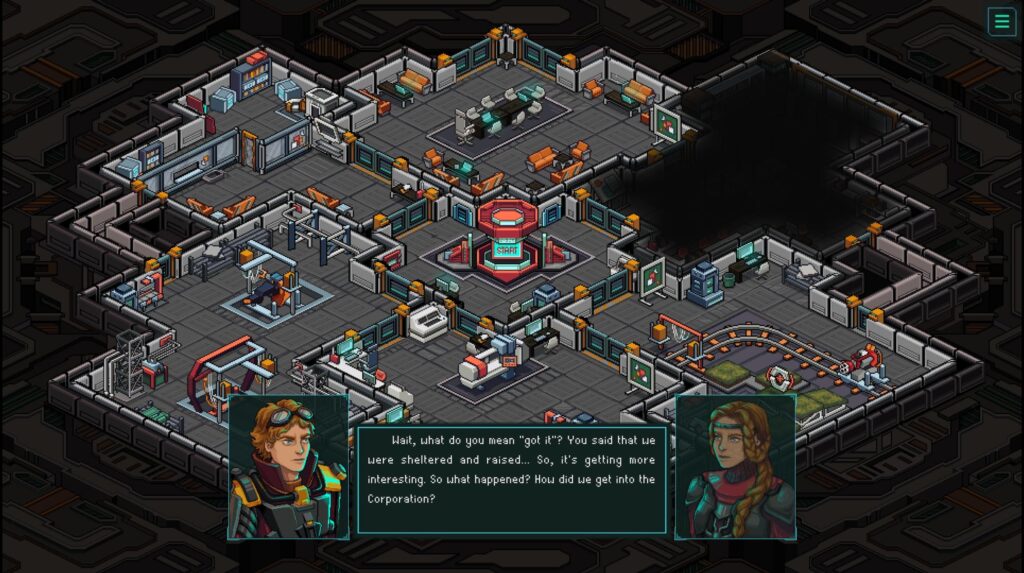
And that’s it! And I imagine to some that will sound like a lot, and to others it’ll sound like the left corner of the game they’re playing at the moment. Yet, it’s grabbed that loop and made it feel incredibly accessible. I’m now facing an enemy I’m finding incredibly difficult to beat, but with each failure I gain coins to spend on upgrades, and can attempt incremental progress. File it under that increasingly rare category of Games That Want To Be Won.
As I mentioned, the writing is just absolute nonsense. I assume it’s a translation issue, given the game has a Russian social media presence, while being otherwise shy about its origins. But blimey, the characters do bather on some complete guff. Fortunately you can click past it all, and it doesn’t appear to add anything of import: something about these battles being for a TV show with an audience of billions? Doesn’t matter. What’s important is that I’m having a great time with the game, despite being something I’d usually run away from.
I feel like the healing bots are overpowered, but you know, otherwise, have so few complaints. It’s pretty, it all works very simply, and yet there’s a good amount of depth to the tactics. Sure, if you’re used to playing elaborately complicated turn-based RPG/strategy games, it’ll perhaps seem a little twee. But it’s not for you, so there.
- Mir
- Steam
- £6/€7/$7
- Official Twitter
All Buried Treasure articles are funded by Patreon backers. If you want to see more reviews of great indie games, please consider backing this project.
79



